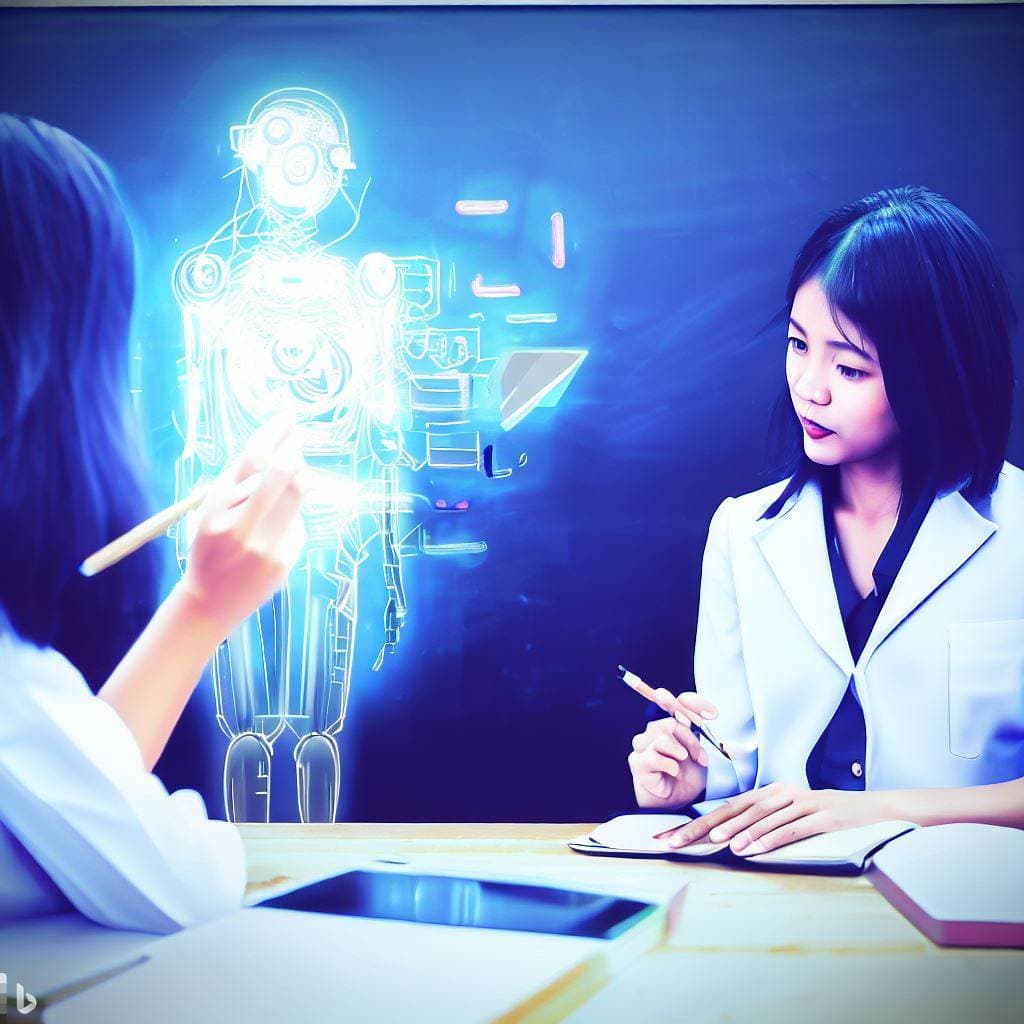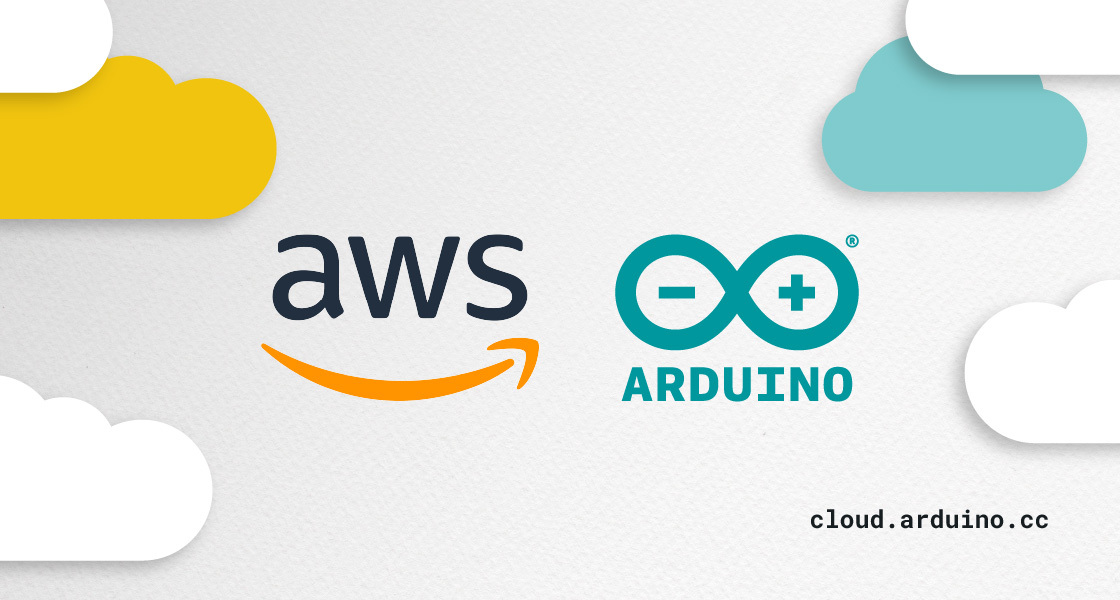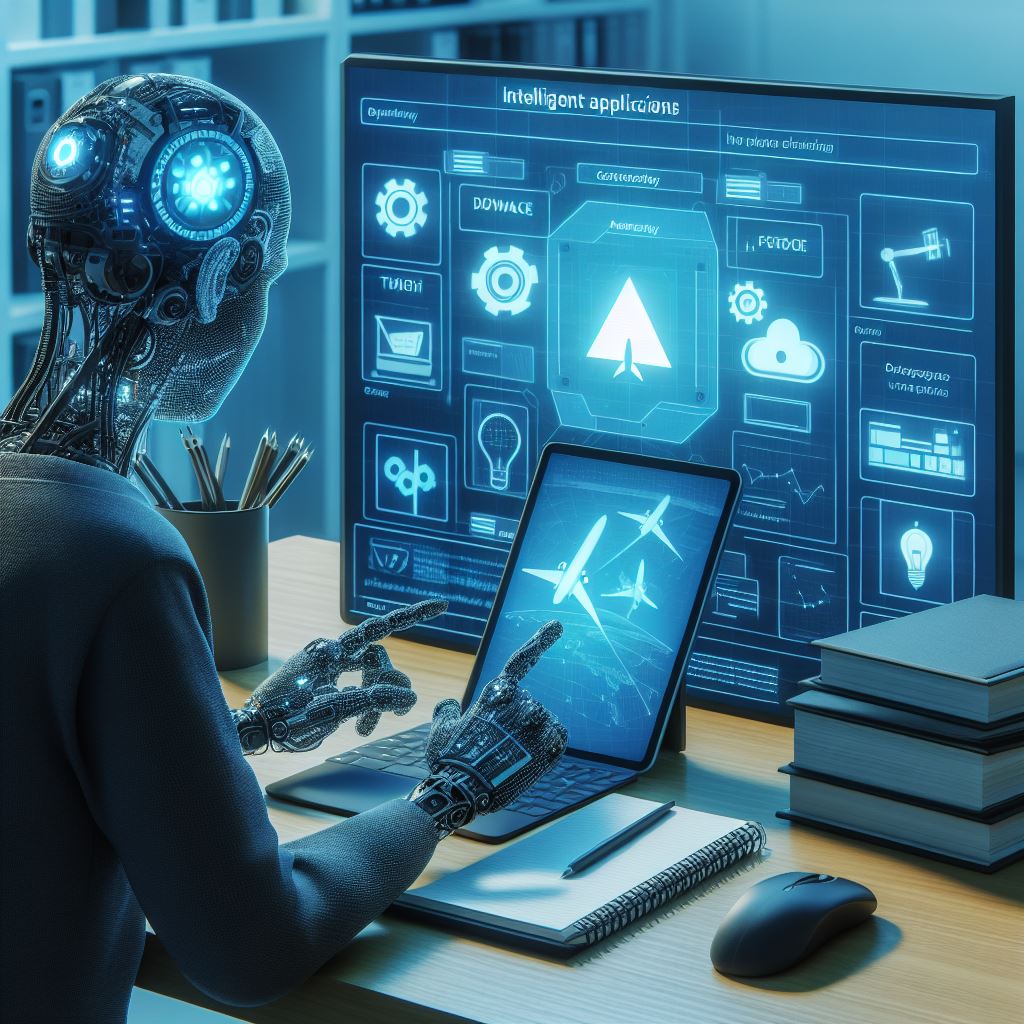AI-Generated post 8 min to read
Classroom Revolution: Harnessing ChatGPT for Enhanced Learning Experiences
Empowering Educators: Unleashing the Potential of AI in the Classroom

Shaping Tomorrow’s Minds with Today’s AI Innovations.
Teaching with AI
OpenAI has recently released a guide for educators on how to effectively use ChatGPT in the classroom. This guide encompasses various aspects including suggested prompts, an understanding of how ChatGPT functions, its limitations, the efficiency of AI detectors, and the topic of bias.
Key Highlights:
- How Teachers are Using ChatGPT:
- Role-playing Challenging Conversations: Dr. Helen Crompton from Old Dominion University suggests using ChatGPT as a stand-in for various personas, such as a debate partner or a recruiter. This method helps students explore information in a conversational setting, allowing them to understand their material with added nuance.
- Building Quizzes and Lesson Plans: Fran Bellas from Universidade da Coruña in Spain recommends using ChatGPT as an assistant in crafting quizzes, exams, and lesson plans. By sharing the curriculum with ChatGPT, teachers can get fresh ideas for their lessons.
- Assistance for Non-English Speakers: Dr. Anthony Kaziboni from the University of Johannesburg encourages students to use ChatGPT for translation assistance, improving their English writing, and practicing conversation.
- Teaching Critical Thinking: Geetha Venugopal, a high school computer science teacher, emphasizes the importance of teaching students to use AI tools responsibly. She advises students to critically evaluate the answers provided by ChatGPT and cross-check with primary resources.
- Example Prompts to Get Started: The article provides a series of prompts that educators can use to engage with ChatGPT. These prompts range from creating lesson plans and crafting effective explanations to helping students learn by teaching. The article outlines prompts that are beneficial for educators.
- Come up with lesson plans
- Create effective explanations, examples, analogies
- Help students learn by teaching
- Create an AI tutor
(* Read the original article for the complete prompts)
- Important Considerations: While these prompts can be a great starting point, it’s essential for educators to remember that the model may not always produce accurate information. The prompts are merely suggestions, and educators should feel free to modify them according to their classroom needs.
Thought-Provoking Questions:
- How can the integration of AI tools like ChatGPT revolutionize the modern classroom?
The integration of AI tools like ChatGPT can revolutionize the modern classroom in several transformative ways:
-
Personalized Learning: AI can tailor educational content to individual students based on their learning styles, strengths, and areas of improvement. This ensures that each student receives instruction at their own pace and level.
-
Instant Feedback: With tools like ChatGPT, students can receive immediate feedback on their queries, assignments, or projects. This real-time interaction can significantly enhance the learning process.
-
Enhanced Engagement: Interactive AI tools can make learning more engaging and fun. Through conversational AI, complex topics can be broken down into digestible and interactive dialogues, making them more relatable and understandable.
-
Resource Efficiency: Teachers can utilize AI to automate routine tasks such as grading, allowing them to focus more on interactive teaching and addressing individual student needs.
-
Global Classroom: AI-powered translation tools can break down language barriers, allowing students from different parts of the world to collaborate and learn together.
-
Critical Thinking and Digital Literacy: Introducing students to AI tools teaches them not just to accept information at face value but to critically evaluate and understand the sources of information. It fosters a sense of digital literacy that’s crucial in today’s digital age.
-
Support for Diverse Needs: AI can assist in creating inclusive classrooms by providing support for students with special needs. For instance, speech-to-text tools can aid students with hearing impairments, while ChatGPT can assist in language learning for ESL (English as a Second Language) students.
-
Continuous Learning: AI tools can provide students with additional resources and materials based on their interests, ensuring that learning doesn’t stop at the classroom door.
-
Preparation for the Future: As AI becomes more integrated into various sectors, exposing students to these tools prepares them for future careers and instills a foundational understanding of AI’s role in society.
-
Data-Driven Insights: AI can analyze student performance data to provide insights into areas that might need more focus, both at an individual and class level.
The integration of AI tools like ChatGPT in the classroom holds the potential to create a more dynamic, inclusive, and efficient learning environment, preparing students for a rapidly evolving digital future.
- What are the potential challenges educators might face when incorporating AI into their teaching methods?
Incorporating AI into teaching methods, while promising, presents several challenges for educators:
-
Reliability and Accuracy: AI tools, including ChatGPT, might not always provide accurate or reliable information. Educators need to ensure that the content generated or suggested by AI aligns with the curriculum and is factually correct.
-
Over-reliance on Technology: There’s a risk that both educators and students might become overly dependent on AI tools, potentially sidelining critical thinking, problem-solving, and human interaction.
-
Data Privacy Concerns: Using AI tools often requires the collection and analysis of student data. This raises concerns about data privacy, security, and potential misuse.
-
Equity Issues: Not all students have equal access to advanced technology or high-speed internet. Relying heavily on AI tools might widen the educational gap between students from different socio-economic backgrounds.
-
Technical Glitches: Like any other technology, AI tools can experience technical issues, which might disrupt the learning process.
-
Steep Learning Curve: Both educators and students might need time to familiarize themselves with the new tools. This could slow down the teaching process initially.
-
Potential Bias: AI models can sometimes exhibit biases based on the data they were trained on. This could lead to skewed or biased information being presented to students.
-
Cost Implications: Acquiring and maintaining advanced AI tools might be costly, and not all educational institutions can afford them.
-
Ethical Concerns: The use of AI in education brings up ethical concerns, especially when it comes to evaluating student performance or making decisions based on AI recommendations.
-
Changing Role of Educators: With AI handling some of the teaching tasks, educators might feel that their roles are being diminished or undervalued. They’ll need to adapt to a more facilitative role, guiding students in their interactions with AI.
-
Lack of Personal Touch: While AI can personalize learning to some extent, it might not replace the personal touch, empathy, and understanding that human educators bring to the classroom.
-
Keeping Up with Rapid Technological Changes: The field of AI is evolving rapidly. Educators will need to continuously update their knowledge and skills to keep up with the latest advancements.
To successfully integrate AI into teaching methods, educators will need to approach the technology thoughtfully, balancing its benefits with potential pitfalls, and always prioritizing the holistic development of their students.
- How can educators ensure that students use AI responsibly and critically evaluate the information they receive?
Ensuring that students use AI responsibly and critically evaluate the information they receive requires a multi-faceted approach:
-
Digital Literacy Curriculum: Incorporate a curriculum that focuses on digital literacy and ethics. Teach students about the workings of AI, its strengths, and its limitations.
-
Promote Critical Thinking: Encourage students to question the sources of information and the validity of AI-generated content. They should be taught to cross-reference information from multiple sources.
-
Hands-on AI Experience: Allow students to interact with AI tools directly, under guidance, so they can understand their functionalities and limitations firsthand.
-
Discuss AI Bias: Educate students about the potential biases in AI models due to the data they’re trained on. Highlight the importance of being aware of these biases when interpreting AI-generated information.
-
Ethical Discussions: Engage students in discussions about the ethical implications of AI, including data privacy, surveillance, and the potential for misuse.
-
Set Clear Guidelines: Establish clear guidelines and codes of conduct for using AI tools in the classroom. This can include rules about data sharing, interactions with AI chatbots, and more.
-
Regular Monitoring: Regularly monitor how students are interacting with AI tools. This can help in identifying any misuse or misconceptions early on.
-
Feedback Mechanism: Encourage students to provide feedback on the AI tools they use. This can help educators understand students’ perspectives and address any concerns.
-
Collaboration with AI Experts: Collaborate with AI experts or technologists to stay updated on the latest advancements and best practices. This can also provide students with a more in-depth understanding of the technology.
-
Real-world Examples: Use real-world examples to illustrate the consequences of misusing AI or blindly trusting AI-generated information.
-
Encourage Peer Discussions: Foster an environment where students discuss their AI interactions with peers. This can lead to collective learning and a better understanding of responsible AI use.
-
Continuous Learning: The field of AI is ever-evolving. Encourage students to stay updated with the latest developments and understand the changing dynamics of AI’s role in information generation.
By instilling a sense of responsibility, curiosity, and critical thinking in students, educators can ensure that they harness the power of AI tools effectively and responsibly.
For more detailed insights and examples, you can read the full article here.
Further references
If you are interested in Citizen Development, refer to this book outline here on Empower Innovation: A Guide to Citizen Development in Microsoft 365
| Now, available on | ||||
|---|---|---|---|---|
|
|
||||

|
||||
|
|
|
|
|
|
If you wish to delve into GenAI, read Enter the world of Generative AI
Also, you can look at this blog post series from various sources.
Stay tuned! on Generative AI Blog Series
We are advocating citizen development everywhere and empowering business users (budding citizen developers) to build their own solutions without software development experience, dogfooding cutting-edge technology, experimenting, crawling, falling, failing, restarting, learning, mastering, sharing, and becoming self-sufficient.
Please feel free to Book Time @ topmate! with our experts to get help with your Citizen Development adoption.
Certain part of this post was generated through web-scraping techniques using tools like Scrapy and Beautiful Soup. The content was then processed, summarized, and enhanced using the OpenAI API and WebPilot tool. We ensure that all content undergoes a thorough review for accuracy and correctness before publication



Comments